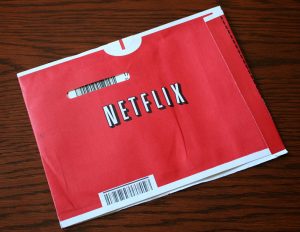Who ate all the pies

Sometimes you are told a story but there is no way you can check it.
The story I’m going to tell you is one of those but it has the ring of truth. It instinctively makes sense, so I hope you’ll forgive if it’s not completely true.
It a story about Fray Bentos pies, one of the those brands from yesteryear which you think might have died out long ago but is in fact still going strong
However before the story, one fact which you can check out is the brand isn’t named after a cattle town in Argentina. Fray Bentos is in fact a port in Uruguay, where the products were originally processed and packaged.

Anyway, back to the story.
“Barry”, let’s call him Barry because I think that was the name of the brand manager who told me the story, was worried. The cost of steak had gone up again and he was concerned that if he put the price of his steak and kidney pies up then sales would fall.
So before he went to his director he thought he ought to see if there were any other options. He undertook a full review of all the ingredients and all the manufacturing costs. It was then he noticed that the cost of the kidneys was much less than the cost of steak.

Working with the brand’s development chef and the factory he produced a new pie which increased the ration of kidney to steak but would mean he could keep the price the same.
Nervously Barry and the team sent out the new Fray Bentos pies to the supermarkets.
At first nothing much happened and Barry was relieved but then something strange happened, sales went up. Thinking it was blip Barry didn’t take much notice, then sales went up again, not much but definitely more than they had been and what’s more they stayed up.
Barry was surprised, pleased and above all curious so decided to do a little research.
What he discovered was in hindsight self-evident. People who bought steak and kidney pies, did so because they like kidney, if they didn’t they could buy other steak, steak and onion, chicken pies.
Barry and Fray Bentos had given them more of what they liked so it was no wonder when they discovered it they were pleased and bought more.

